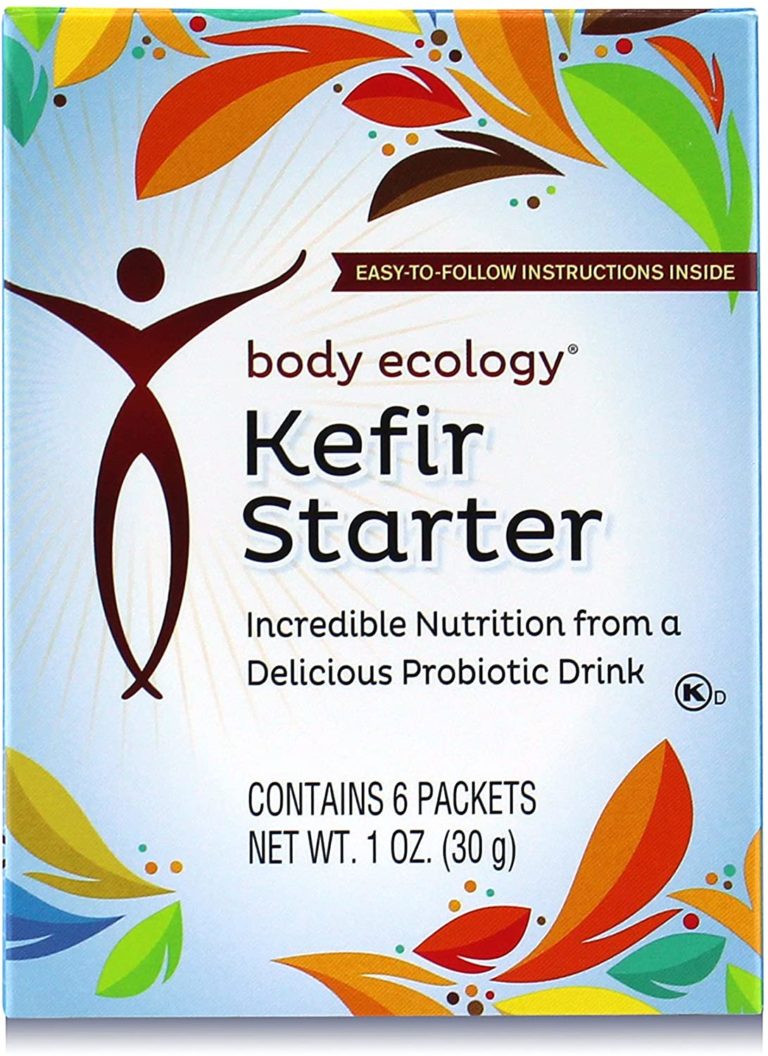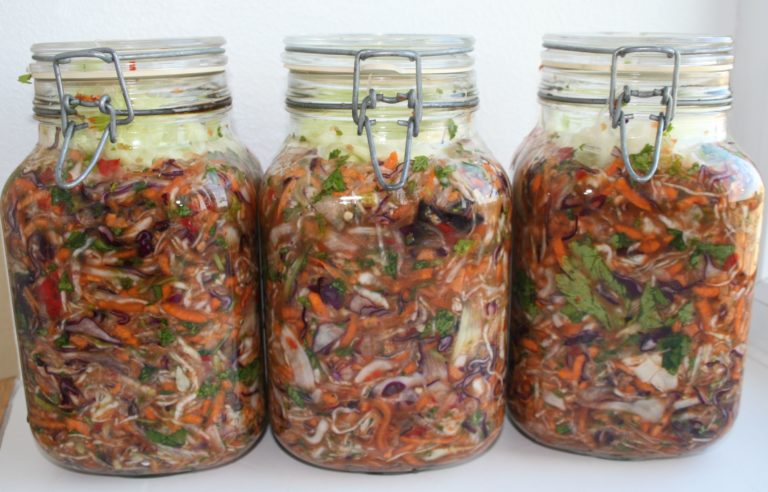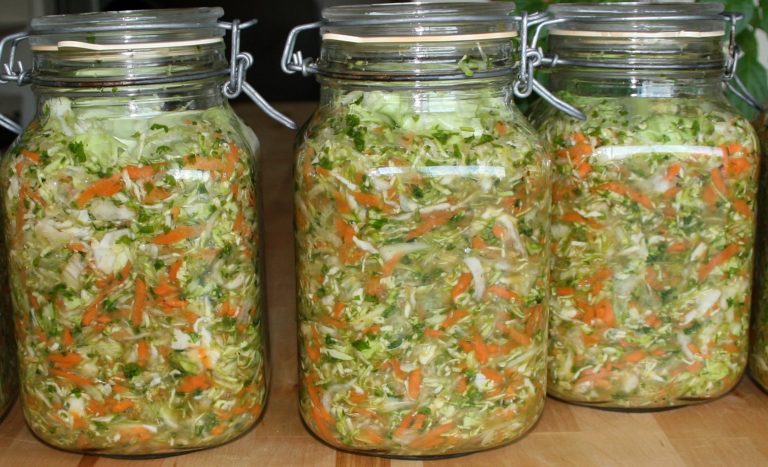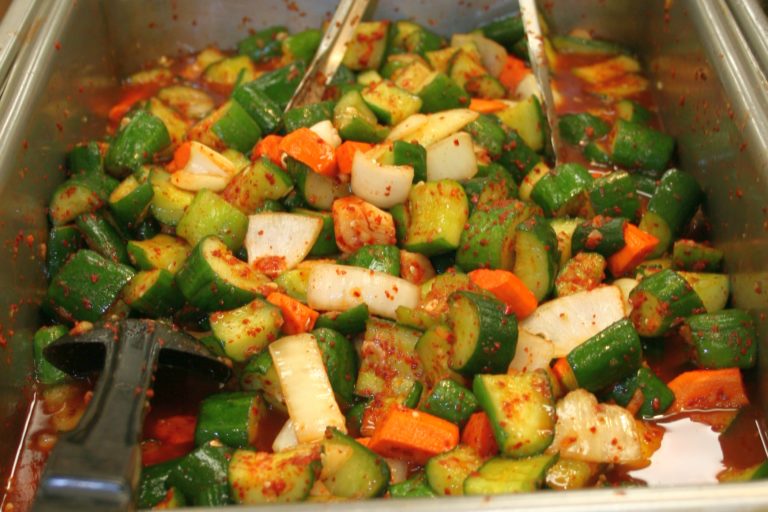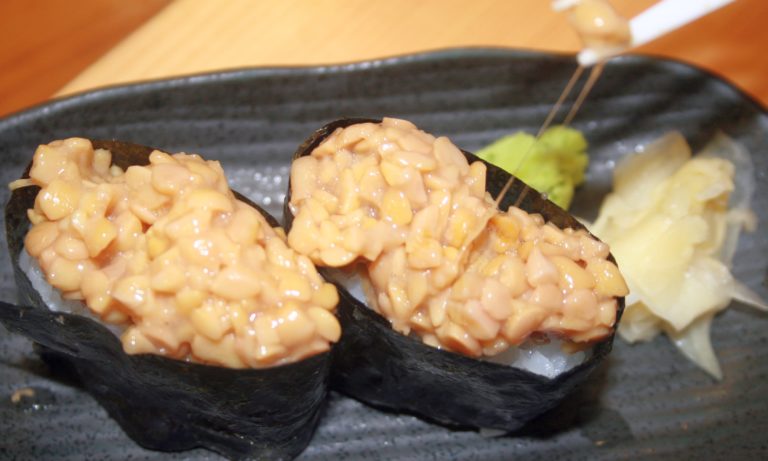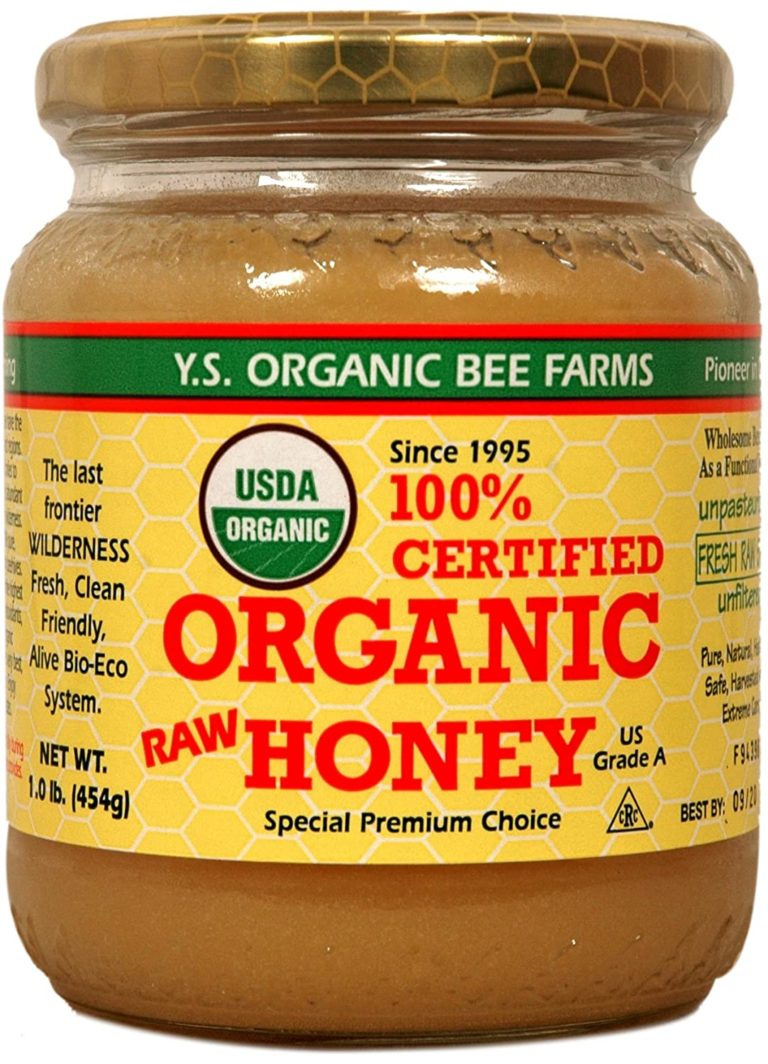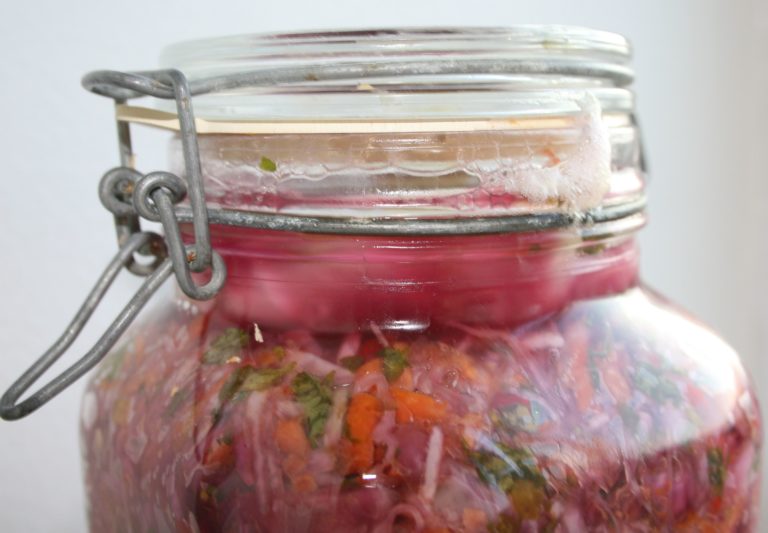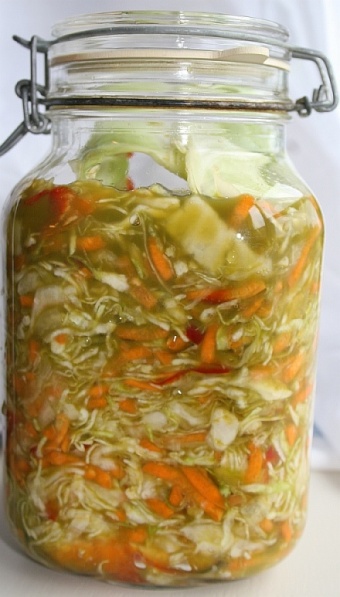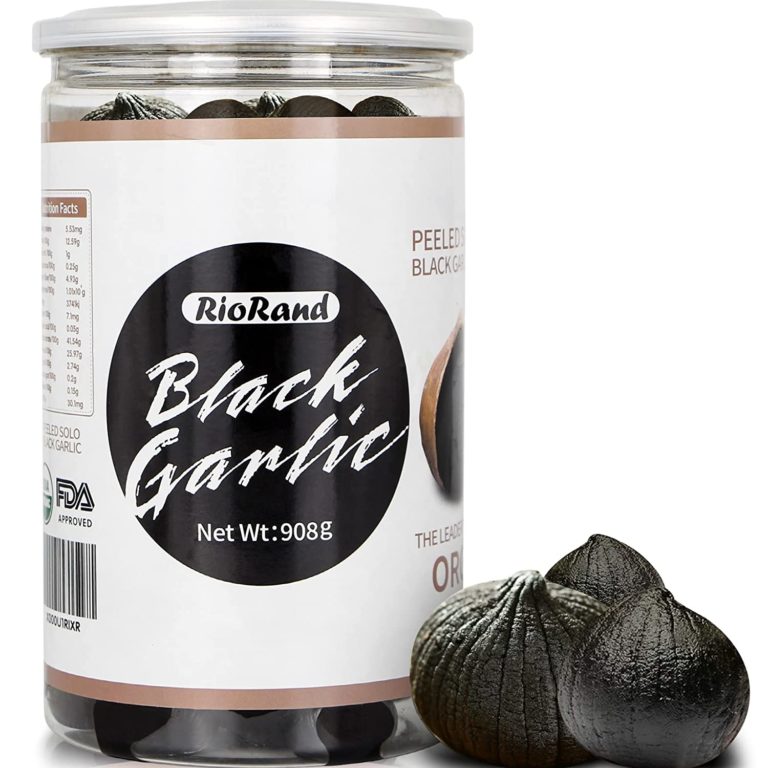Why Use a Starter Culture to Ferment Vegetables and Dairy?
Why use a starter culture? Because they simplify and improve the quality of fermented foods. After Louis Pasteur discovered that microorganisms are responsible for the fermentation process, starter cultures were developed around 1892 for the dairy industry. Today starter cultures are used for fermented vegetables, sauerkraut, yogurt, kefir, beer, and other foods. Starter culture definition One way…
